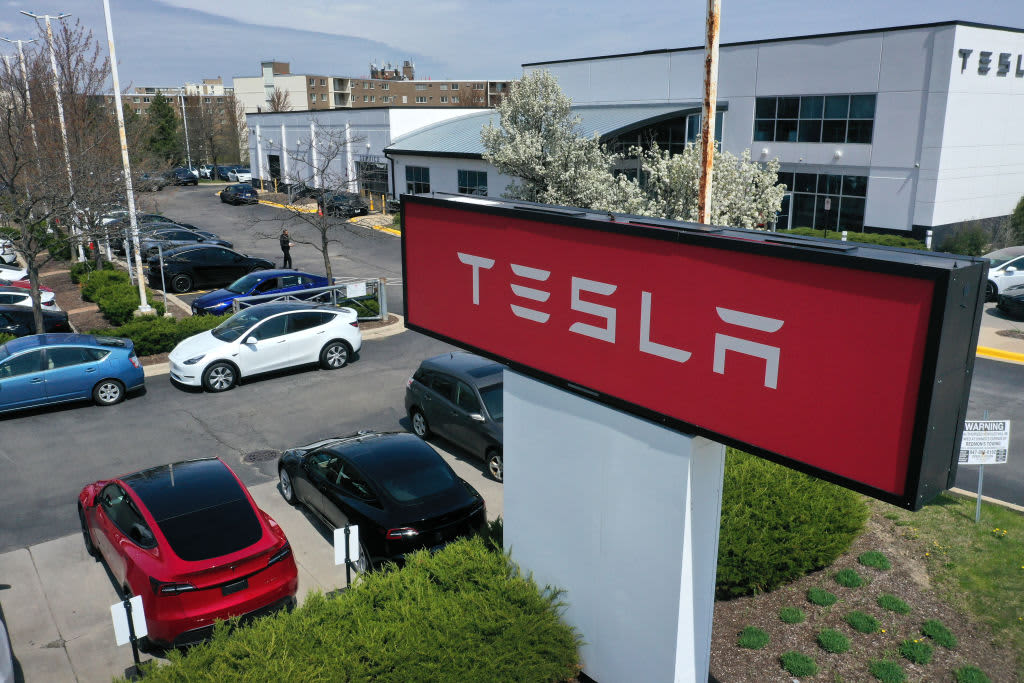Droughts in the Midwest are driving up beef prices. On average, beef and veal prices are up 5.4 percent over last year's prices.
"Beef prices are starting to filter in higher than what we like to see," said Richie Vought with Iowa Meat Farms in San Diego.
The bad weather drove up the price of feed corn over the last two years.
Many farmers have been forced to thin their herds to survive. Now the supply is limited but demand hasn't changed, a perfect recipe for higher prices.
A recent report from the U.S. Department of Agriculture shows a pound of beef averaged $4.92 in September 2013. In February, the price for that pound of beef reached $5.27.
"You are going to sell what you can, but you are also going to get a premium price for it," said Vought.
Vought says their wholesale prices are climbing and that will most likely continue through the summer. A lot of the problem is centered on smaller herds.
"It's never been that low for 50 to 60 years," he said.
Shopper Dave Grosshuesch says if prices continue to rise, he night have to think twice about what he buys.
U.S. & World
"I'm going to east less steak I guess, more ground chuck," Grosshuesch said.
Vought suggests looking for sales on beef and freezing the extra meat.
"Grab 10 to 12 pounds of it and put in in your freezer," he said. "As long as it is wrapped well it will go six, eight months."
Vought says you can shop for cheaper cuts of meat or leaner cuts where there is less waste.
He also says higher beef prices could lead to mores sales of chicken and fish.



